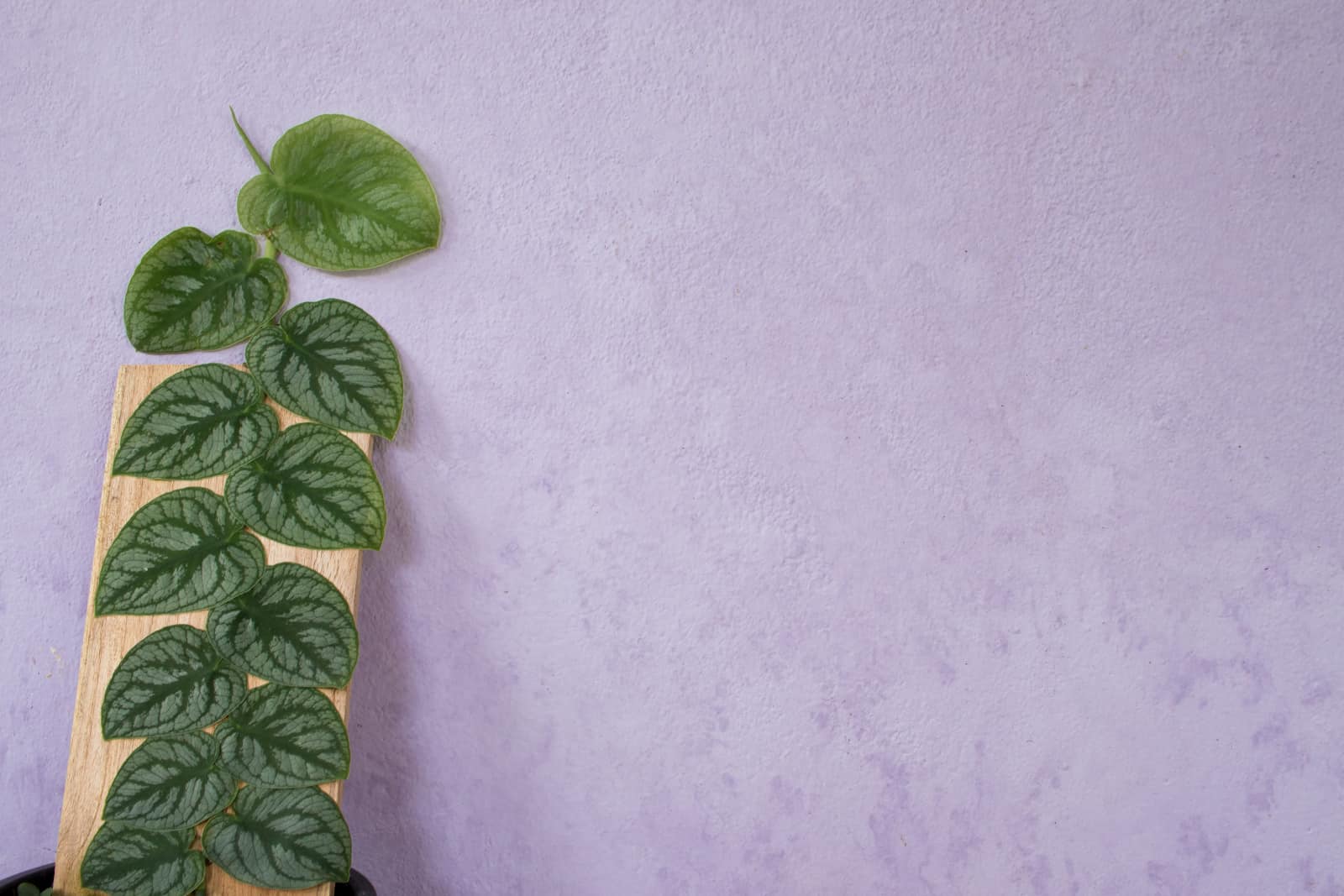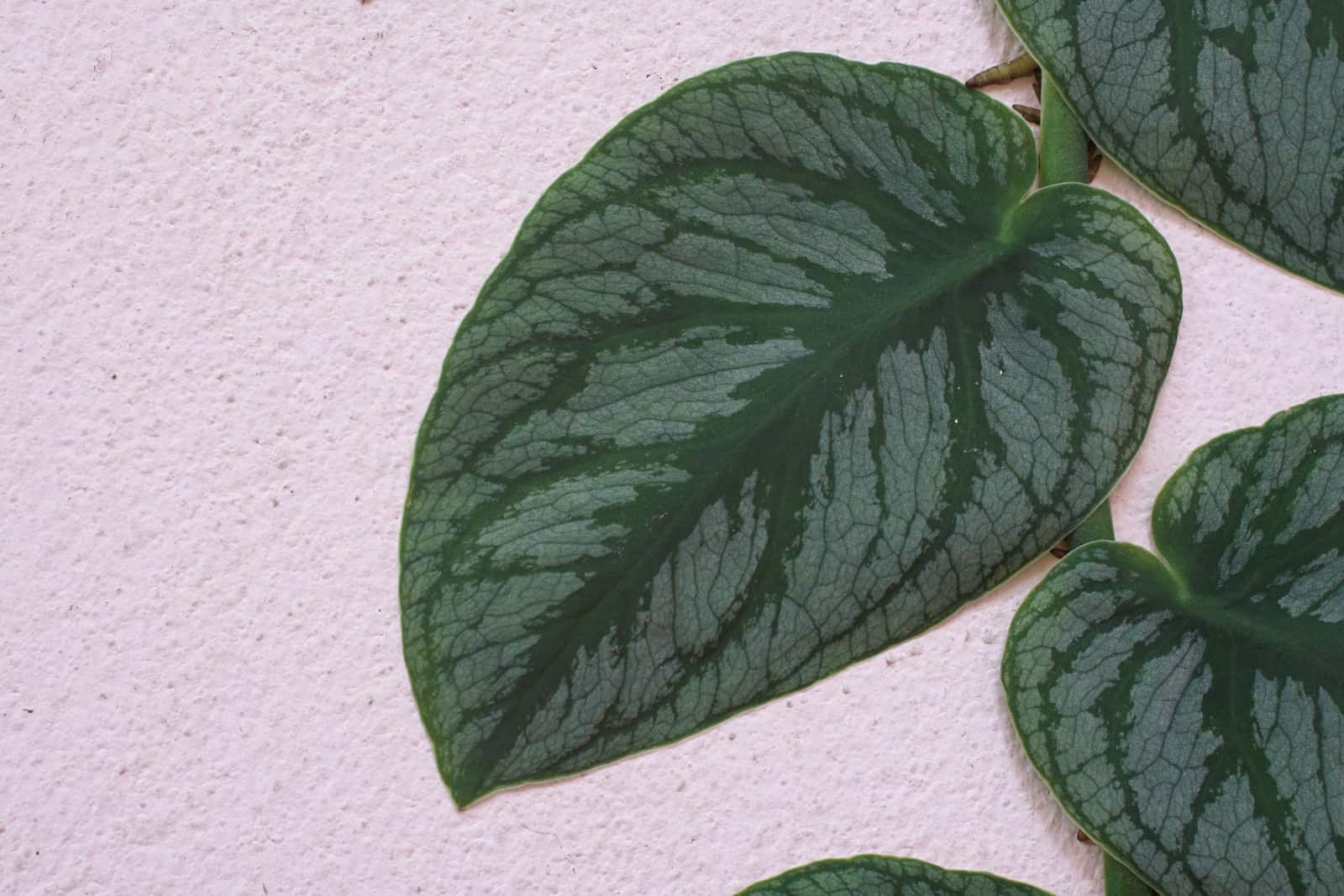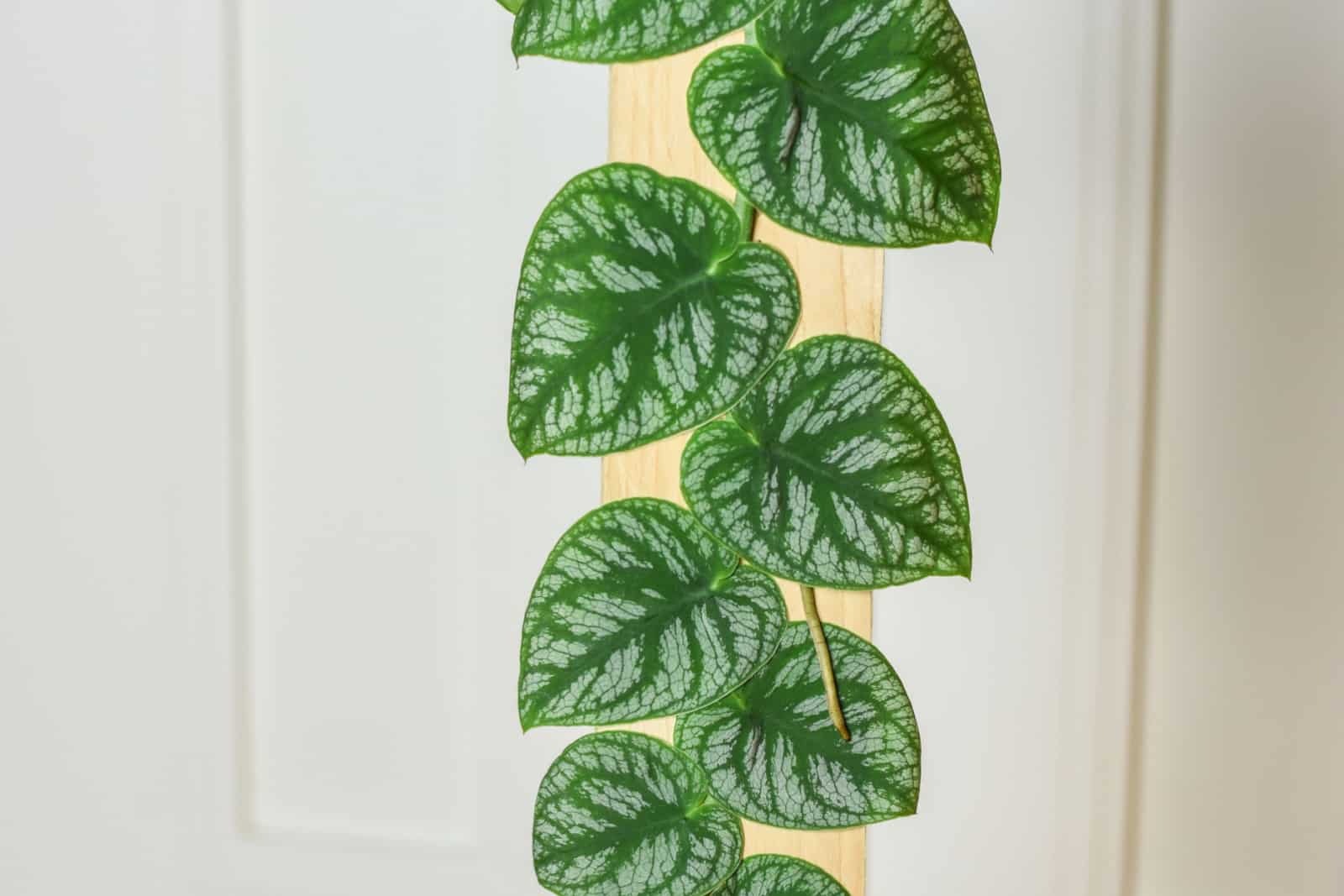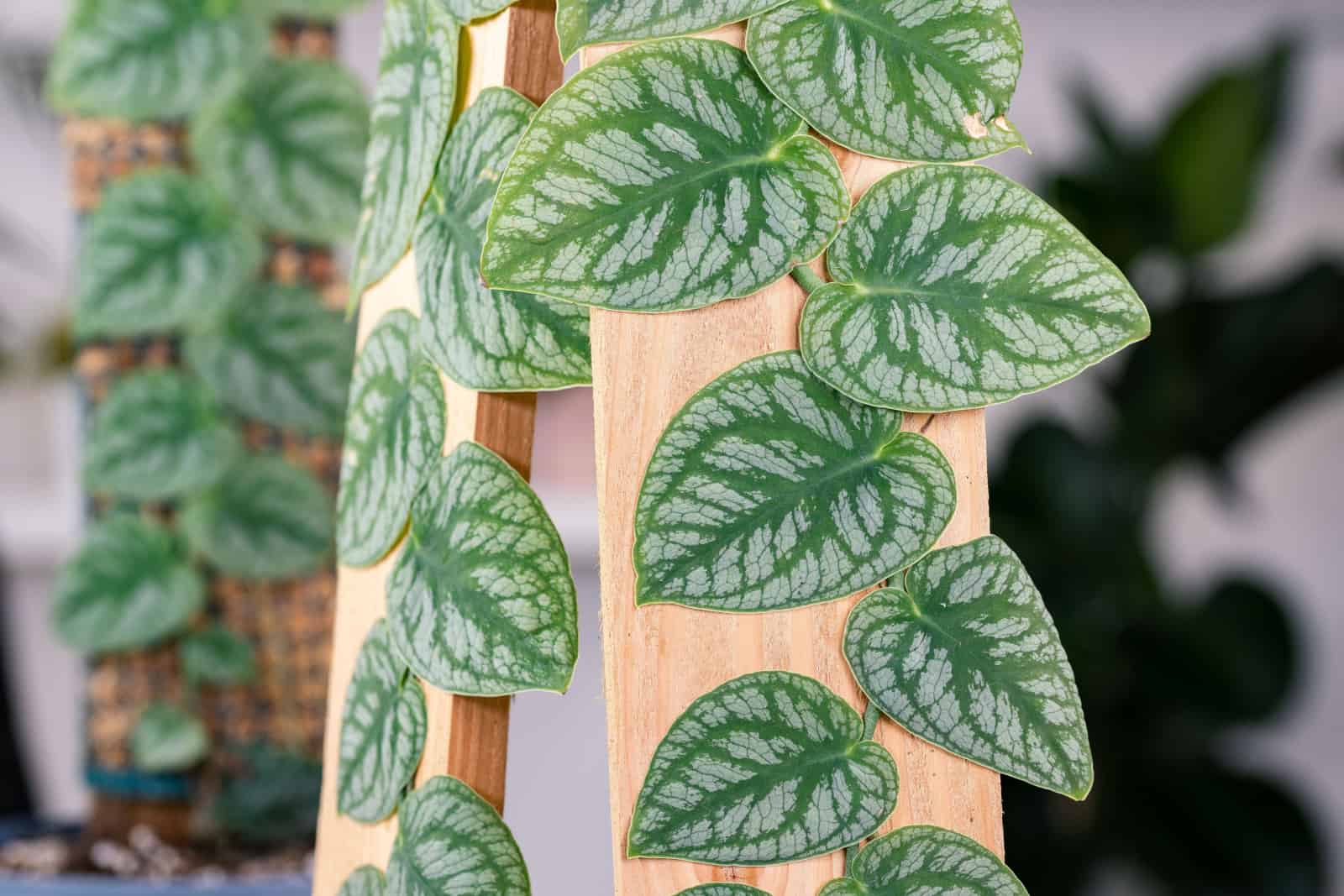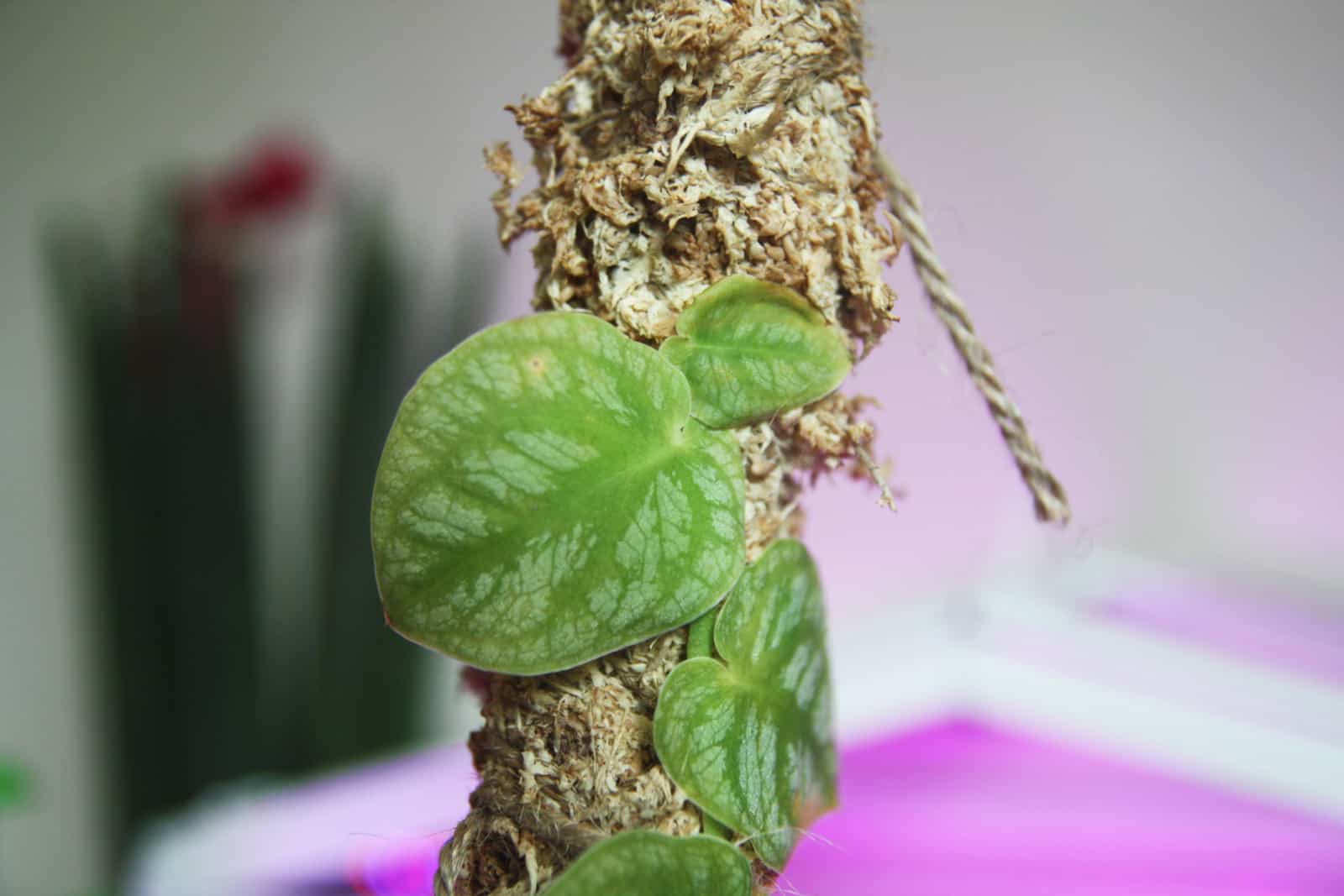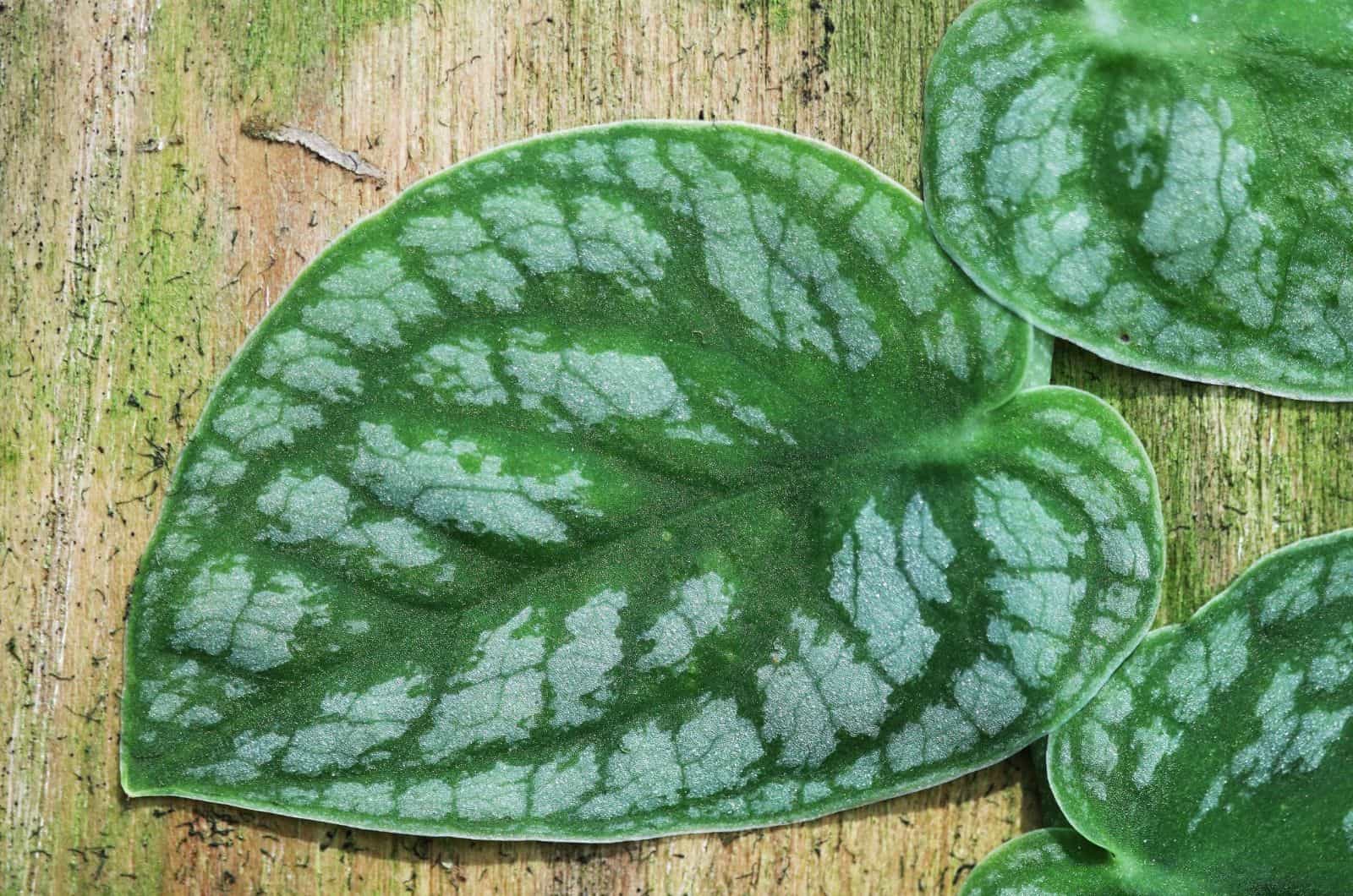Monsteras are the most sought after foliage plants in garden centers. Some varieties are widely available and cultivated in almost all houseplant collections.
However, some specimens aren’t that popular; but it doesn’t mean things should be like that!
Meet the Monstera dubia, a not-so-popular variety from the Monstera genus. One of the reasons for this might be the unique growth habit and appearance the plant has when it’s still young.
In this article, I’ll tell you more about the appearance, care requirements, propagation methods, and common issues of this Monstera plant.
Before I show you how to make your dubia plant healthy and happy, here’s some basic info!
[table id=628 /]
Let’s get started!
What Is The Monstera Dubia?
The Monstera dubia has two cousins, the Monstera deliciosa and Monstera adansonii, that are much more popular.
There are even less popular Adansonii varieties that are still more common in houseplant collections than the dubia plant. I believe that’s actually one more reason you should get yourself a Monstera dubia!
What’s special about this Monstera plant is its appearance in the first stages of growth.
This plant has a shingling growth habit, which is a pretty rare occurrence for plants from the Monstera genus.
Small heart-shaped leaves with variegations adorn young dubias. Interestingly, the foliage lies flat against a supporting structure, which is pretty uncommon for plants in general.
When grown indoors, the Monstera dubia doesn’t exceed 3 feet tall. If you live in warmer climates and cultivate this specimen outdoors, you can expect it to reach 10 feet tall.
As your Shingle plant matures, the leaves will hang from the vines and develop Monstera fenestrations.
Interestingly, the adult dubia looks almost the same as its cousin, the Monstera deliciosa. Interestingly, when it’s in the first stages of growth, the Monstera dubia looks very similar to the Rhaphidophora cryptantha.
This is a tropical plant, so the growing conditions for Monstera plants should mimic those found in tropical climates.
Monstera Dubia Plant Care Guide
To keep this plant happy and healthy, the Monstera dubia requires bright indirect light, warm temperatures, high humidity, well-draining and well-aerated soil, moderate watering, and regular feeding.
Even though this may seem easy to accomplish, things may get complicated if you don’t follow certain rules.
Don’t worry; you’ll find detailed instructions below, so let’s dive straight in!
Light Requirements
If you’ve already grown other Monsteras or any plant with variegations, you might notice they needed more light than other common houseplants.
This is 100% true, but the type of light these plants receive plays a major role.
The leaves of young dubia plants are sensitive to direct sunlight, so you’ll need to place your Monstera where intense sun rays can’t reach the foliage.
A very similar situation happens in the native habitat of these plants. Monsteras use tall plants in the wild as their structural support, and the foliage of these plants actually filters sunlight.
Therefore, dubia plants don’t receive direct sun in the wild, and it should be the same if these plants are cultivated indoors.
Aim for bright indirect light. Place your dubia near a sunny window, but if sun rays can reach the Monstera dubia leaves, put sheer curtains on the windows.
Temperature Requirements
The ideal temperature range for the dubia plant is between 65 and 85 degrees Fahrenheit. Luckily, these temperatures are easy to maintain indoors.
The Shingle plant can also survive temperatures as low as 55 degrees Fahrenheit.
Higher temperatures won’t damage your dubia as long as you keep it well hydrated.
The Monstera dubia isn’t frost tolerant; if you grow it outdoors, bring it back indoors when temperatures drop below 50 degrees Fahrenheit.
When cultivated indoors, dubias can’t tolerate cold drafts or temperature fluctuations. Therefore, don’t keep the plant near heating or cooling sources. Also avoid placing your Shingle plant near drafty windows.
Does The Monstera Dubia Houseplant Need High Humidity?
Do Monsteras really need humidity? Yes, all Monsteras, including the dubia variety, enjoy high humidity levels.
These aroids are native to Central and South America, which means they are used to humid environments.
The majority of households have lower humidity levels, typically 30%, which isn’t enough for Monstera dubia.
You need to raise humidity levels to at least 50%, and one of the best ways to achieve higher humidity is with a humidifier.
There are also some natural ways to increase moisture in the air. For instance, putting a pebble tray below the Monstera’s pot will slightly raise humidity.
You can also put your Monstera dubia near other houseplants or move it to the kitchen or bathroom.
These natural methods won’t significantly increase humidity, but if the humidity in your household is higher than average, then they will suffice.
Soil
Potting soil for Monsteras must be well-draining, well-aerated, and fertile.
Although Monstera dubia plants are indigenous to the tropics, the warm, humid climate causes the soil to dry out and rehydrate very fast.
You can make your own soil mix by adding perlite, orchid bark, coco coir, or other chunky materials to water-retaining materials such as peat moss.
These plants thrive in soil that is slightly acidic; the pH range should be from 5.5 to 7.0.
Fertility is another important factor for the health of Monstera roots. I recommend adding organic matter to the potting mix; worm castings are an excellent option for this.
Watering Schedule
Your Monstera will go through all growth stages if the watering schedule is adequate.
A rule of thumb is to water your dubia plant when the top inch or two dries out. This means there isn’t a strict rule on when to water these plants; it’s actually all about regular soil moisture inspection.
These plants are susceptible to root rot, so it’s best to delay watering if you’re unsure about the soil moisture content. Waiting for a day or two won’t dehydrate your Monstera.
Of course, you shouldn’t wait for too long because it’s one of the main reasons for stunted growth of plants.
You’ll need to irrigate your dubia plant when temperatures are warmer. The plant will fall asleep during winter; we refer to this period as dormancy. Plants don’t actively grow at this point, which means their watering needs are low.
Water accumulation in the soil mix leads to severe damage to the root system. Irrigate your dubia plant after you check moisture in the growing medium.
Fertilizing Schedule
Generally speaking, these Monsteras aren’t heavy feeders, but they need additional food for optimal growth.
As mentioned, organic matter such as worm castings is one of the best options to use with all Monsteras, including the Monstera obliqua and Monstera siltepecana.
Just add a handful of worm castings to the potting mix when potting/repotting your Shingle plant.
You can also use chemical fertilizers for your dubia plant. Balanced all-purpose fertilizer diluted to half strength will ensure all the necessary nutrients for your Shingle plant.
You can feed the plant monthly during its active growth period, but skip feeding your Monstera in winter.
Staking
The dubia is another climbing plant, which means structural support is essential for its healthy growth.
Staking Monstera plants with tools such as a moss pole is the most common way of providing support. You can find moss poles in nurseries or make one yourself.
Totem and trellis do wonders, but one of the best ways to support your Monstera dubia is by mounting it to a wooden plank.
Here is a video about mounting the Shingling plant:
Potting And Repotting
Before you start repotting your Monstera, you need to prepare a new potting mix. It’s essential for the growing medium to be fresh because the old one may be contaminated.
The next step is to choose the ideal pot for your Monstera. First, the pot needs to be porous as the plant’s roots need to breathe.
I recommend purchasing containers with a lot of drainage holes, which is another excellent way to avoid water accumulation in the growing medium.
You should also prepare a pair of scissors and a sterilizing solution in case some of the roots are diseased or damaged.
Now that you have all you need, it’s time for repotting!
How To Repot A Monstera Dubia
Here are the steps for repotting a Monstera dubia plant:
1. Tip the pot to one side and gently tap it to help your dubia come out easier. Turn the pot over and carefully take the plant out.
2. Get rid of the excess soil mix around the root system so that you can check the health of each root. If some are discolored (black or brown), you need to cut them off using sanitized cutting tools.
3. Add soil mix to the new pot; a half-filled pot should suffice. Transfer your dubia to the new pot, and don’t forget to transfer the moss pole too!
4. Add more growing medium and pack it around the base of the plant.
5. Irrigate your repotted dubia to help it adapt easier to the surrounding environment.
That’s it – your dubia will get new nutrients and display new growth in no time!
Monstera Dubia Propagation Methods
One of the best things about dubia plants is that they can be easily propagated. The best method to use when you want to get more Shingle plants is the stem cutting propagation method.
Another way to get new dubias is by growing the plant from seeds. This method is very tricky, and the worst part is that you never know if the seeds are from the right plant.
The thing is that you can’t propagate Monsteras without nodes. If it doesn’t have nodes, the chances of getting a new plant are zero.
I’ll show you the best ways to root Monstera dubia cuttings; the methods below have a high success rate and are relatively easy to perform, so let’s dive right in!
Stem Cuttings In Soil
Here are the steps for rooting dubia cuttings in soil:
1. Inspect your dubia and choose a healthy cutting with a couple of nodes; the more, the merrier.
2. Fill the nursery pot with an adequate potting mix and make a hole in the center.
3. Remove the leaves on the lower part of the Monstera dubia cutting (the one that’ll go in the ground).
4. Insert the cutting in the hole, making sure the node is below the soil surface.
5. Move the pot with the cutting to a warm spot that receives a lot of bright light.
When you notice new growth, you can transplant the rooted cutting to a new pot.
Stem Cuttings In Water
You can also propagate your Monstera in water. This is an excellent method for novice gardeners because of root development and general health of the cutting.
You need to prepare a transparent container, such as a jar, glass, or vase. Take the cutting in the same way you did for soil propagation.
Here are the steps for rooting Monstera dubia stem cuttings in water:
1. Fill the transparent container with fresh, lukewarm water.
2. Place the cutting in the container, but make sure the leaves don’t touch the water. They can quickly rot and destroy the process completely.
3. Inspect the cutting, water regularly, and refresh the water every 3 days.
4. Once the new roots are about an inch long, you should transplant the rooted cutting to the soil mix.
Keep the soil well-moisturized during the first stages of development.
Common Issues With The Shingle Plant
The Monstera dubia is relatively disease and pest-free, but houseplants aren’t completely immune to pests or diseases, and the dubia plant isn’t an exception.
Other problems may occur due to incorrect growing conditions.
Let’s look closer!
Pests & Diseases
Red spider mites and brown scale are the most frequent insects that affect Shingle plants.
If you notice a few spider mites or scale insects, don’t panic, because a small number won’t do any harm.
On the other hand, infestation causes severe damage to Monstera plants, so you’ll need to react before it happens.
These insects suck away at the dark green leaves, leaving them without nutrients.
Rubbing alcohol and neem oil are the best options to remove pests from your Monstera dubia.
Leaf Discoloration And Deformation
If you notice the leaves of your Monstera dubia are turning yellow or brown, or become crispy or wilt, your plant isn’t growing in the correct conditions.
Root rot in Monstera plants is a common disease, and one of the main causes of yellow leaves. Yellowing is typically accompanied by a foul odor, mushy soil, and wilting. This disease can be lethal to Monsteras, so make sure to repot the plant and remove the rotten roots.
If the foliage is turning brown, there are two common reasons; you might have overwatered your Monstera or added too much plant food.
Brown tips and edges, curling, wilting, and drooping are typically caused by underwatering.
A good watering schedule is the only way to avoid these issues.
FAQs
Is the Monstera dubia rare?
Yes, the Monstera dubia, aka Shingle plant, is a rare plant from the Araceae family, i.e., the family of flowering plants. It’s one of the main reasons you can’t find the Monstera dubia in all garden centers. If you come across one, make sure to purchase and propagate it.
Is the Monstera dubia toxic?
Yes, the Monstera dubia is a toxic plant, just like other Monsteras and plants from the Araceae family, such as Philodendrons.
Monsteras are toxic to dogs, cats, and humans, so you should keep them far away from pests and small children.
Ingestion may lead to severe health issues, so I recommend consulting with a doctor or veterinarian if your child or pet consumes the plant.
Is the Monstera dubia hard to grow?
No, the Monstera dubia, aka Shingle plant isn’t hard to maintain. This rare aroid has similar growing requirements as its cousin, the Monstera deliciosa.
When grown as a houseplant, the Monstera dubia plant requires bright indirect light, high humidity, warm temperatures, porous and well-draining soil, moderate watering, regular fertilization, and staking.
Wrapping Up
If your houseplant collection needs one more plant, I highly recommend growing a Monstera dubia! It’s a rare and beautiful Monstera species that will leave everyone speechless.
If you support your Monstera dubia with a wooden climbing structure, it will look amazing!
The only drawback of this houseplant is that it’s poisonous to humans and pets, so not every spot is perfect.
If you keep it out of reach and ensure all the necessary conditions, you’ll be happy this plant is part of your home.
Until next time!

